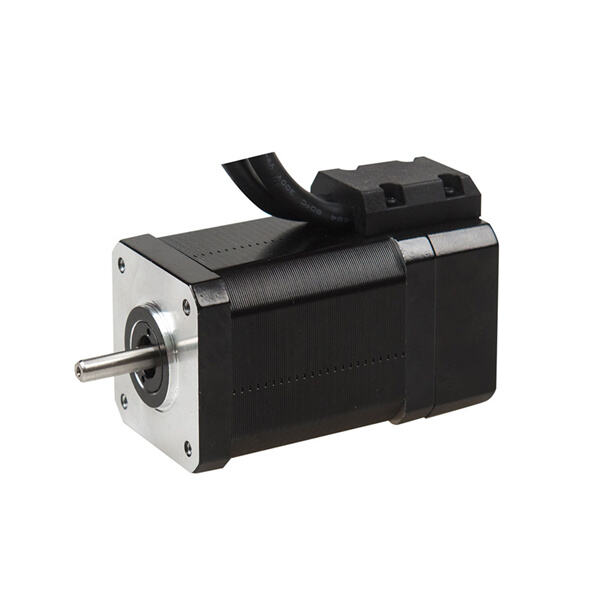The DC stepper motors are cool because they make things move so precisely. You see these motors in all sorts of things: robots, 3D printers or even some toys. It’s useful to understand how they work and how to take care of them, so they continue working well.
DC stepper motors are unique in that they move in little steps rather than turning all the time like other motors. Inside, they contain individual coils that are turned on and off to assist the motor in making a move. This gives them the ability to perform more precisely in an intentional manner.
In appliances, DC stepper motors are employed for the precise motion of parts in the machine. They can be programmed to travel a set number of steps, so they’re useful for jobs that require precision, like moving a robotic arm or aiming a camera. This helps work quicker and easier.

DC stepper motors have been used in many production line systems because they are reliable and easy to manipulate. They’re capable of heavy loads and are good in many different places. That makes them ideal for the likes of conveyor belts, CNC machines and packaging equipment. Incorporating DC stepper motors into their operations helps companies streamline work, save time and money and do more with less.

What Is a DC Stepper Motor DC stepper motors differ from other motors such as DC motors and servo motors . DC motors just turn, while servo motors will turn and check where they are. DC stepper motors operate in discrete steps, so they’re best for applications that require precision. They are also less complex to operate and less expensive than servo motors.

To make sure your DC stepper motors continue to run well, you need to keep them clean and lubricated. Inspect for loose wires/parts that you may need to tighten. It’s never a bad idea to troubleshoot if your motor isn’t working quite right. That means verifying the wires, verifying power is present and you biting the bullet and checking a known-to-be-good motor with that same controller.